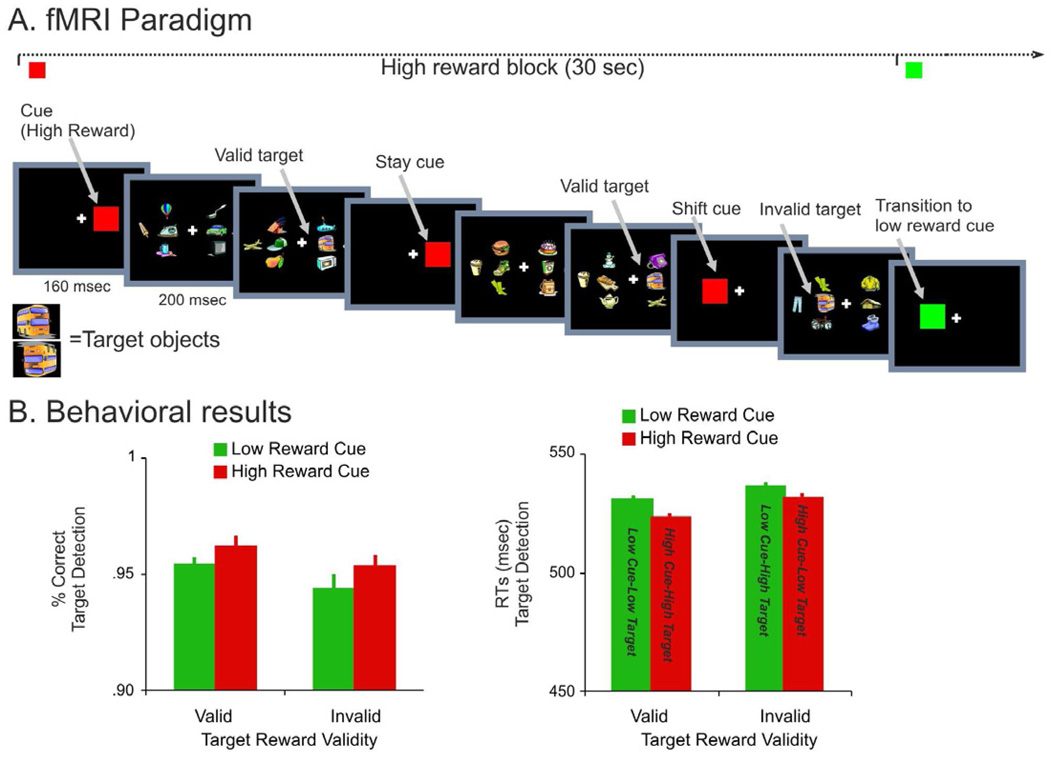Figure 1. fMRI paradigm and behavioral results.
A. Subjects searched for a target object (a bus with an upright or upside down orientation of 200 msec duration) in two visual streams of objects, one left and one right. The location of a cue stimulus (a filled color square stimulus of 160 msec duration) indicated where to attend/where the target object would appear, while its color indicated whether detection of any subsequent targets would be rewarded with a large or small monetary gain.
The cue stimulus could occur on the same side (stay cue) or the opposite side (shift cue) of the subject’s current focus of attention. Targets always occurred in the attended location but were presented with 75% probability in the expected orientation (valid reward i.e. reward that conformed to that indicated by the color of the cue) and with 25% probability in the unattended orientation (invalid reward).
B. Accuracy and reaction time results for detection of high and low reward targets as a function of reward validity. Error bars represent within-subjects standard error of the mean (s.e.m) calculated according to Cousineau, 2005.

